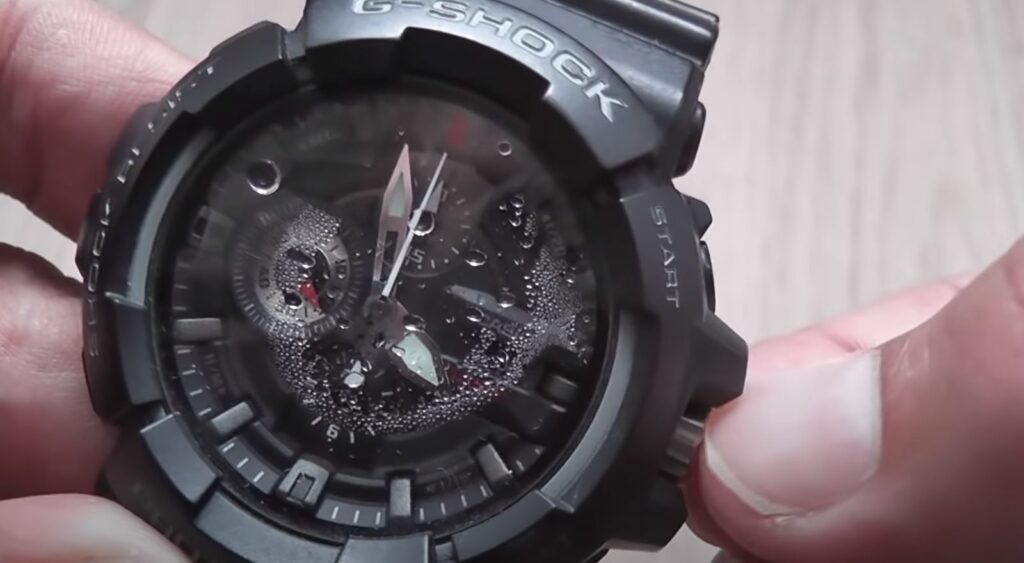

Water inside your watch can be a real problem. In most cases, you're SOL and any fixes will only be temporary.. Water not only affects the performance of the watch but can also lead to permanent damage regardless if you address it promptly.
This article will provide you 4 methods of removing water from your watch. Whether you're dealing with a water-resistant watch or a non-water-resistant one, it's a similar approach.
Remember that urgency is key with successfully getting water out of your watch, I can't stress that enough! I have saved several watches using this method, including a mechanical Oris watch that cost $1,500 (and was supposedly a dive watch), as well as a few quartz and LCD watches for my friends over the years. They all needed service sooner than later though. So there are not perfect fixes..
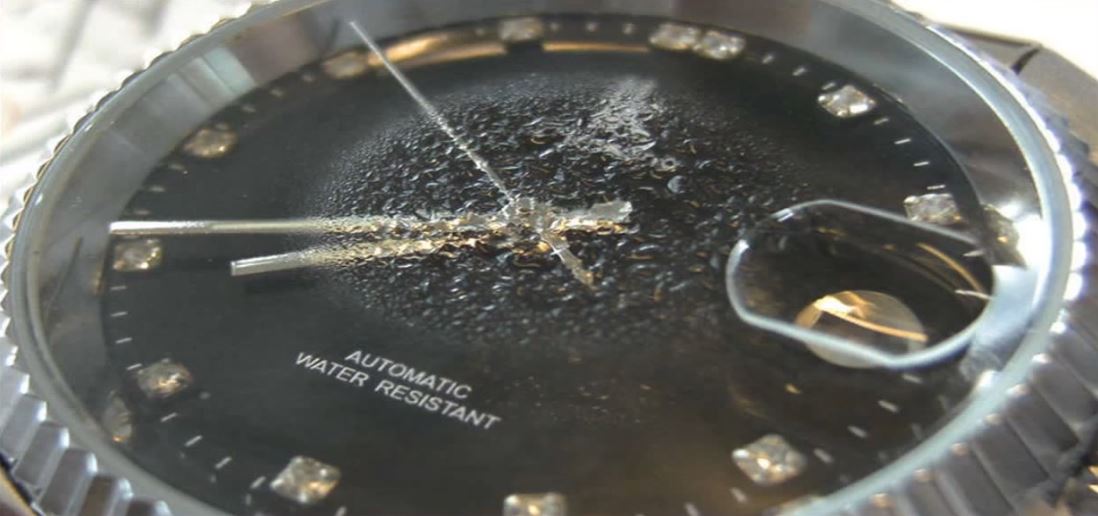

First things to do if you notice water in your watch
Upon noticing water penetration in your watch, you're like "fuck!" But it's essential to address this issue *quickly* to prevent damage and maintain its performance.
Remove the Watch from Water
The first step is to remove your watch from the water source. This action not only halts further water penetration but also protects the watch's internal components from additional exposure. Whether your watch is water-resistant or not, this step is crucial.
Dry the External Surface
Next, extract as much water as possible by gently drying the external surface with a soft, absorbant cloth. This process is part of the home-based solutions for water removal and helps keep the watch's condition stable after water exposure.
Avoiding Usage and Movement
Lastly, avoid using or moving the watch. Unnecessary movement can push water into areas it hasn't reached yet, affecting the watch's performance. Let it rest in a dry place as you get ready to do the below steps regarding removing the water that's inside the watch.
Disassemble the watch
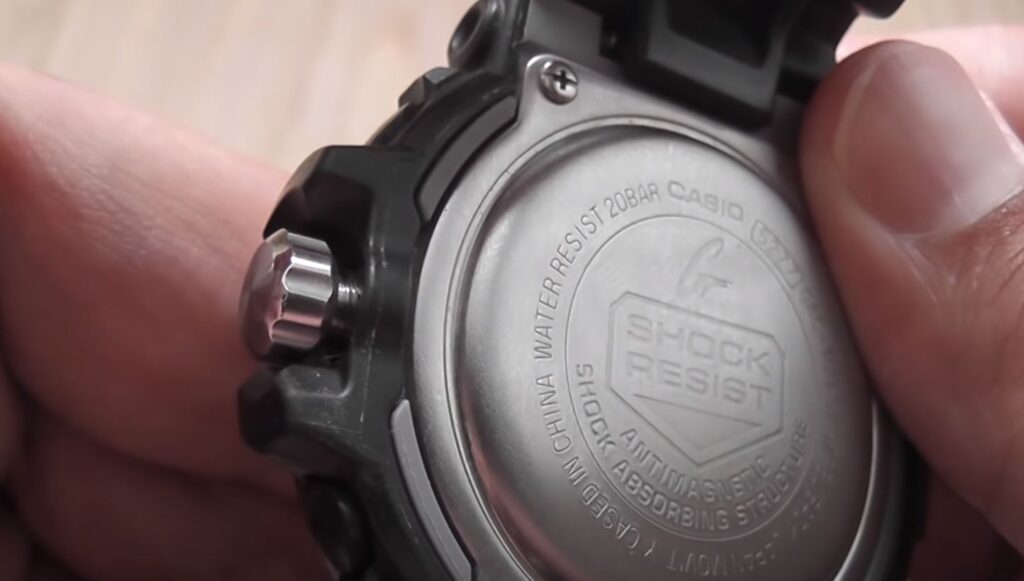

For a quartz watch, for instance, a flathead screwdriver, tweezers, and a small brush are your best friends. Turn the watch over and use the screwdriver to gently remove the plastic cover. Then, delicately pry up the hour wheel, taking care to remember how the components are assembled.
Once you’ve disassembled the watch, it’s crucial to keep the parts organized. A misplaced component can mean the difference between a working watch and a stylish paperweight.
When it’s time to put the watch back together, simply reverse the process. Start with the hour wheel, affix the hands, and secure the plastic cover using the flathead screwdriver. Remember, patience is key here. Rushing this process could lead to further damage.
4 Easy DIY Solutions/Methods for Removing Water from a Watch
Method 1: The Silica Gel Method
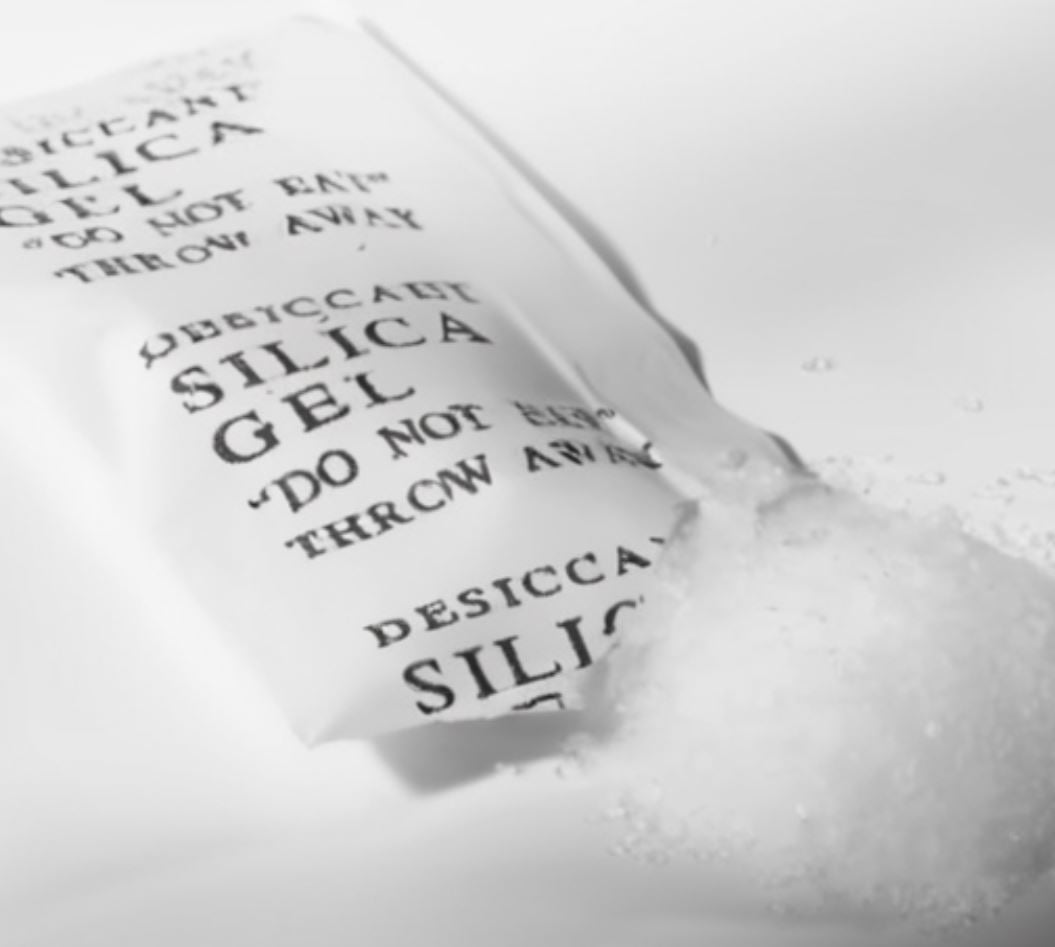

Silica gel is a powerful desiccant, a substance that induces or sustains a state of dryness in its vicinity. It's composed of silicon dioxide, a naturally occurring mineral that's highly porous at the molecular level. These microscopic pores provide a vast surface area that attracts and holds water molecules through a process known as adsorption.
From a scientific perspective, silica gel outperforms many other desiccants. It can absorb about 40% of its weight in moisture, making it an excellent choice for removing water from your watch. Moreover, silica gel works across a wide range of temperatures and humidity levels, making it versatile and reliable.
To use the Silica Gel Method, follow these steps:
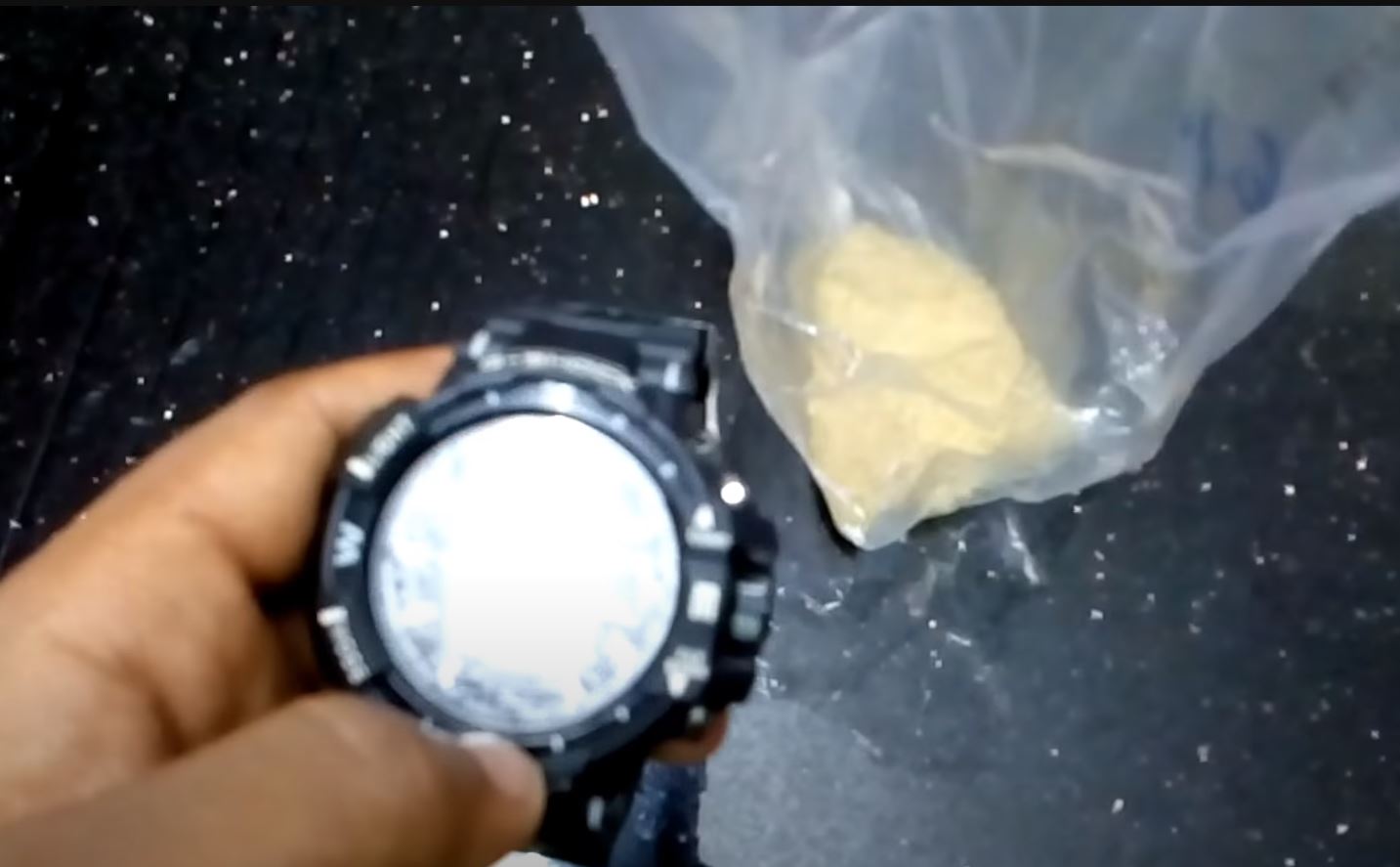

1. Gather enough silica gel packets. These are often found in the packaging of new shoes, handbags, or electronics. If you don't have any on hand, they can be purchased in bulk from most craft or home improvement stores. Amazon would be too slow, but perhaps 1 day Amazon prime would be good. Remember urgency is key with getting water out of your watch!
2. Remove the watchband to expose as much of the watch as possible to the silica gel.
3. Place your watch in a sealable bag with the silica gel packets. Ensure the watch is surrounded by the packets for maximum exposure.
4. Seal the bag and leave it in a dry place for 24-48 hours. The silica gel will absorb the moisture from the watch during this time.
5. Check the watch periodically. If water is still visible, return the watch to the bag and check again after a few more hours.
The pros of this method are its high effectiveness and safety for your watch, but the con is that you need to have enough silica gel packets on hand. However, given its superior performance from a scientific perspective, the Silica Gel Method is often the best choice for removing water from a watch.
Method 2: The Lamp and Fan Method
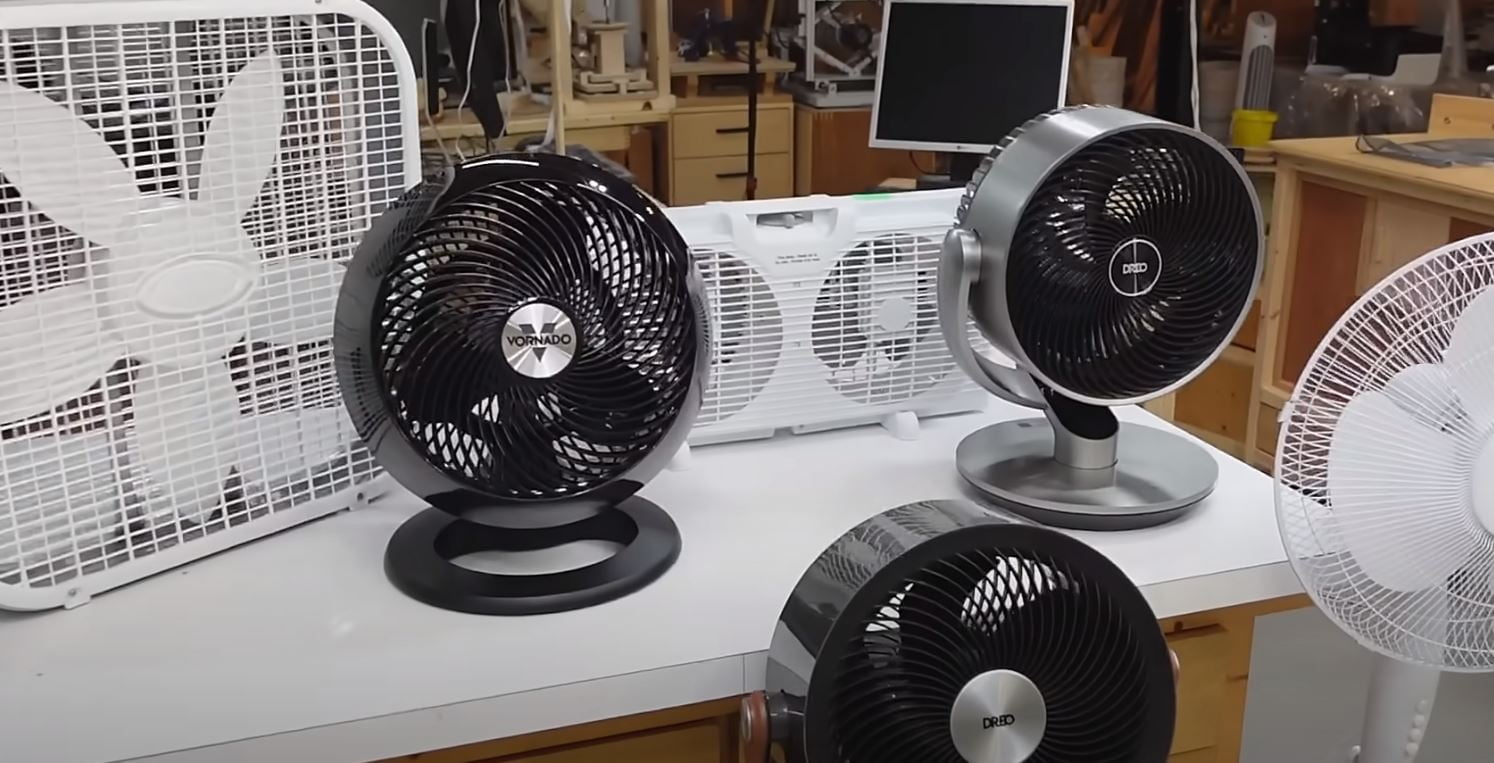

The Lamp and Fan Method is a gentle, controlled drying process that leverages the principles of evaporation and convection.
Evaporation is a natural process where water changes from its liquid state to a gaseous state, also known as water vapor. This process is accelerated when heat is applied, which is where the lamp comes into play. The lamp provides a gentle heat source that increases the energy of the water molecules, allowing them to escape into the air more easily.
Convection, on the other hand, is the process by which heat is transferred through the movement of fluids, in this case, air. The fan aids in this process by circulating the air around the watch, carrying away the moisture that evaporates from the watch, and preventing saturation of the surrounding air with moisture.
To use the Lamp and Fan Method, follow these steps:
Set up a desk lamp and a fan on a stable, heat-resistant surface. The lamp should be the type that can take a low wattage bulb to provide a gentle heat source.
Remove the watchband to expose as much of the watch as possible to the airflow and heat.
Place your watch under the lamp and in front of the fan. The distance should be such that the watch is exposed to mild heat and not direct, intense heat. A distance of about 10-12 inches from the lamp usually works well.
Turn on the lamp and the fan. The fan should be on a low setting to provide a gentle breeze, not a strong wind.
Monitor the watch closely to maintain control over the drying process. Rotate the watch every hour to ensure even drying.
Check the watch periodically. If water is still visible, continue the process and check again after a few more hours. The process will take 24 hours.
The pros of this method include controlled drying and no risk of foreign particles entering the watch, but the con is that it requires constant supervision. However, from a scientific perspective, the Lamp and Fan Method provides a balanced approach to water removal that combines heat and airflow in a controlled manner.
Method 3: The Sun Method


In scientific terms, the heat from the sun provides energy to the water molecules inside your watch. This energy allows the water molecules to overcome the forces that hold them together in the liquid state, enabling them to escape as gas, or water vapor, in a process known as evaporation.
However, this method should be used with caution. While the sun's heat can aid in evaporation, too much heat can damage the watch's internal components. It's also important to note that this method is weather-dependent and may not be viable in cloudy or humid conditions.
To use the Sun Method, follow these steps:
1. Remove the watchband to expose as much of the watch as possible to the sun's rays.
2. Place your watch in a sunny spot. Ideally, this should be during the morning or late afternoon hours when the sun's heat is less intense. Avoid placing the watch in direct midday sun to prevent overheating.
3. Monitor the watch closely. If the watch becomes too hot to touch, move it to a cooler spot immediately.
4. Rotate the watch every hour to ensure even exposure to the sun.
5. Check the watch periodically. If water is still visible, continue the process and check again after a few more hours. 1 afternoon (3-6 hours) of warm sun should be enough. If not, bring the watch inside (you don't want condensation from dew at night outdoors) and repeat the process on the next sunny day.
The pros of this method are that it's natural and requires no special materials, but the cons include potential overheating, weather dependence, and a slower drying process compared to other methods.
Method 4: The Rice Method - Avoid! (this method is terrible and a useless dumb thing done by hacks!)
While the Rice Method is often touted for its simplicity and the availability of materials, it's scientifically inferior to other methods such as the Silica Gel or the Sunlight or even the Lamp and Fan Method. It's one of those methods that you can find on Youtube or one that the 18 year old sales guy at Best Buy would tell you, but users typically never report actual success with this. This is similar in effectiveness to the cat litter method, whic
What other Heat Sources can you use for drying out watches?
If none of the above heating methods are suitable or available to you, there are some alternative heat sources you can consider to dry out your watch. These include using a blow dryer or a desk lamp.
Use a Blow Dryer
A common household item, the blow dryer, can come to your rescue in the battle against moisture. To use this method, situate your watch in a secure area and direct hot air towards it using the blow dryer on a low heat setting. The warm air will help evaporate the moisture inside the watch.
However, remember to keep a safe distance from your watch and avoid directing the hot air onto any plastic parts as they could melt or deform. Also, keep the heat setting low to avoid overheating your watch.
Use a desk Lamp or Space Heater
Desk lamps and space heaters can also serve as effective heat sources to evaporate moisture inside a watch. Position your watch under a desk lamp or near a space heater, ensuring it’s not too close to prevent overheating. The gentle heat will help evaporate the moisture.
However, it’s essential to bear in mind that these methods are not as effective or safe as using silica gel, rice, or direct sunlight. Therefore, it’s best to use them as a last resort or when other methods are not available.
Tips for Removing Water from Different Types of Watches
Removing water from Digital Watches
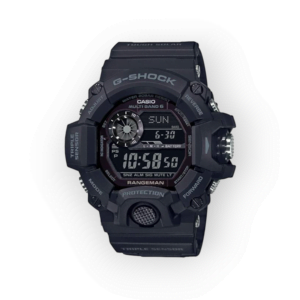

The Silica Gel Method is a preferred choice for horologists due to its non-invasive nature and superior moisture-absorbing properties. Before initiating the process, it's advisable to remove the case back, if possible, to expose the internal electronic components to the silica gel.
This ensures that the moisture trapped inside the watch, particularly around the quartz oscillator and the integrated circuit, is effectively absorbed.
However, remember to handle the watch with care to avoid static electricity discharge, which could potentially damage the electronic components.
Removing water from Quartz Watches
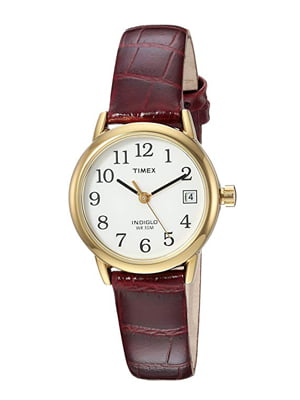

The Lamp and Fan Method is often recommended by watchmakers due to the consistent airflow and mild heat it provides, which aids in the evaporation process without causing thermal damage to the watch's components.
It's crucial to remove the case back and the crown, if possible, to allow the airflow to reach the quartz crystal and the stepping motor, which are sensitive to moisture.
The gentle heat and airflow help evaporate the moisture without causing thermal expansion in the delicate components.
Removing water from Mechanical Watches


The Sun Method is often employed by horologists for its natural drying solution. However, it's essential to disassemble the watch as much as possible, removing the case back, crown, and watch hands to expose the movement to the sun's rays. This ensures that the moisture trapped in the mainspring, the balance wheel, and the escapement is effectively evaporated.
However, caution must be exercised to prevent potential overheating, which could cause the lubricants to dry out or the metal parts to expand.
Then after 1 day, we recommend following it with the Silica method.
Removing water from Smartwatches
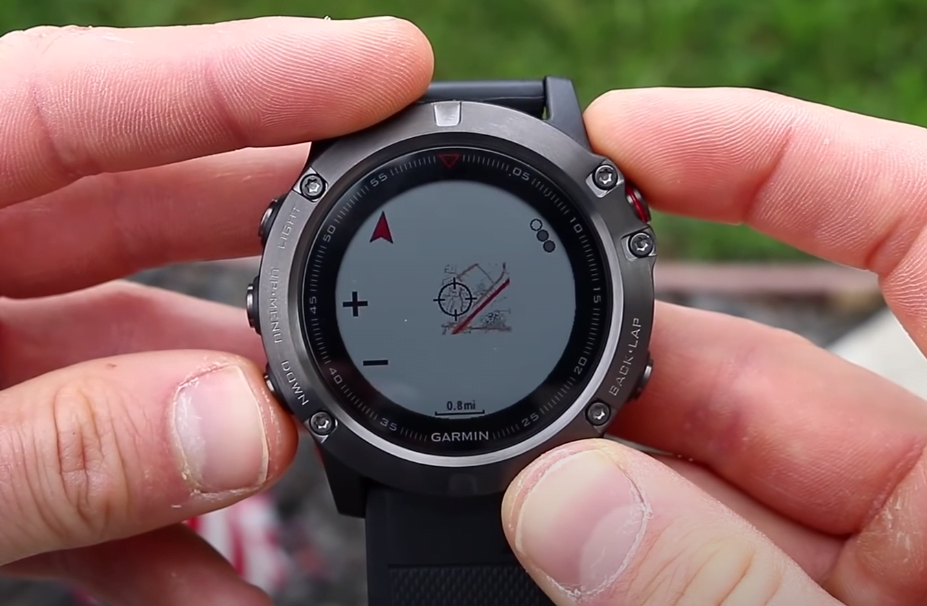

The Silica Gel Method is often the go-to method for watchmakers due to its superior moisture-absorbing properties and the need to protect the sensitive electronic components.
Depending on the smartwatch model, it might be possible to remove the case back to expose the internal components to the silica gel. This ensures that the moisture trapped around the battery, the display, and the processor is effectively absorbed. However, due to the complexity of smartwatches, it's crucial to handle them with care to avoid causing further damage.
Causes of Water Getting into a Watch
Water inside a watch can be a result of various factors, from direct exposure to water to environmental conditions like humidity and temperature changes.
Exposure to Water
Water can infiltrate a watch through any cracks or openings, including an unsealed crown or a faulty case back. Activities that increase the risk of water exposure include swimming, showering, or even washing your hands with the watch on. Even a simple accidental immersion in water, like dropping your watch in a sink or a puddle, can allow water to seep in, especially if the watch is not water-resistant or if it's old or damaged.
Excess Humidity
High levels of humidity can also lead to water inside a watch. In humid conditions, the air holds more water vapor, which can lead to condensation forming inside the watch, particularly under the crystal or around the movement. This is common in environments with high humidity, such as saunas, bathrooms, kitchens, or tropical climates.
Temperature Changes
Rapid changes in temperature can cause condensation to form inside a watch. This is because when a watch is moved from a cold environment to a warm one, the air inside the watch expands and can't hold as much water vapor. The excess water vapor then condenses into liquid form. This can occur when moving from a cold outdoor environment to a warm indoor environment, or vice versa.
Understanding these causes and maintaining regular watch maintenance can help prevent water from getting inside your watch. It's also important for users to be aware of their watch's limitations, especially when it comes to water resistance.
Preventive Measures to Avoid Water Intrusion


Preventing water intrusion in your watch requires a comprehensive understanding of its construction, regular maintenance, and a keen awareness of its limitations.
Regular Maintenance and Care
Regular maintenance is a cornerstone of watch care. This includes professional servicing, which should ideally be done every 2-3 years and can cost anywhere from $50 to $200 depending on the complexity of the watch. Servicing ensures the watch's internal mechanisms are functioning correctly and can identify potential issues that could lead to water intrusion.
Post-exposure care is also crucial. If your watch has been exposed to water or high humidity, it's important to dry it thoroughly and avoid usage until it's completely dry. Proper handling during activities and in different environments is key. For example, removing the watch while washing hands or swimming can prevent unnecessary exposure to water.
Storage also plays a role in preventing water intrusion. Watches should be stored in a dry, temperature-controlled place, away from sources of water or high humidity.
Understanding Water Resistance Ratings
Water resistance ratings on watches are not a guarantee of invulnerability to water, but rather an indication of the level of water pressure a watch can theoretically withstand. For instance, a watch rated as "water-resistant to 30 meters" doesn't mean it can be used for diving to that depth. Instead, it signifies that the watch can withstand the equivalent pressure at 30 meters under static conditions.
Here are some common ratings and their meanings:
- Water-resistant to 30 meters (100 feet): Can withstand splashes of water but should not be worn for swimming or diving.
- Water-resistant to 50 meters (165 feet): Suitable for short periods of swimming but not diving or snorkeling.
- Water-resistant to 100 meters (330 feet): Suitable for swimming and snorkeling but not diving.
- Water-resistant to 200 meters (660 feet): Suitable for professional marine activity and serious surface water sports, but not scuba diving.
- Diver's 100 meters (330 feet): Suitable for scuba diving at depths not requiring helium gas.
- Diver's 200 meters (660 feet) or more: Suitable for scuba diving at depths requiring helium gas.
Replacing Watch Gaskets
Watch gaskets, the small seals that prevent water from entering the watch at points like the crown, case back, and crystal, can degrade over time. When this happens, they can allow water to seep into the watch. Regularly replacing the gaskets, especially if the watch is frequently exposed to water or used in water-related activities, can help prevent water intrusion. This should be done by a professional watch service to ensure the gaskets are correctly fitted. The cost of replacing gaskets can range from $25 to $50, depending on the watch model and the service provider.
When to Seek Professional Help
While home-based solutions can be effective in many cases, there are situations where professional help is necessary.
Identifying Limitations of Home-based Solutions
Home-based solutions, such as the rice method or the silica gel method, have their limitations. They are most effective when the water exposure has been minimal and addressed immediately.
However, if the watch has been submerged in water or exposed to water for a prolonged period, these methods may not be sufficient. Water can reach the intricate parts of the watch movement, causing rust and other damage that cannot be addressed with simple drying methods. In such cases, professional help is necessary to disassemble, clean, oil, and repair the watch.
Risk of Self-Disassembling Watches
While it might be tempting to disassemble your watch to dry it out, this comes with significant risks. Watches, especially mechanical ones, are complex devices with many tiny parts.
Disassembling and reassembling a watch requires specialized tools and skills. Attempting to do this without the proper knowledge can lead to parts being lost or damaged, or the watch being reassembled incorrectly. This can result in further damage and potentially higher repair costs.
Understanding the Role of a Watchmaker
A professional watchmaker has the expertise, tools, and experience to properly handle water-damaged watches. They can carefully disassemble the watch, dry and clean each part, identify any parts that have been damaged and need to be replaced, and then reassemble the watch. They can also replace the gaskets and seals to ensure the watch is water-resistant once again.
The cost of professional watch repair can vary widely, from around $50 for a simple quartz watch to several hundred dollars for a high-end mechanical watch. However, considering the risks of further damage from attempting to repair a water-damaged watch yourself, it can be a worthwhile investment.


Frequently Asked Questions
Can all types of watches be dried out at home?
Home-based drying methods can be used for all types of watches, but their effectiveness can vary. Water-resistant watches are generally easier to dry out at home as they are designed to prevent water from reaching the internal components. Non-water-resistant watches, on the other hand, may require professional help, especially if the water has reached the movement.
How much heat is too much for drying out my watch?
The amount of heat a watch can withstand without damage varies depending on its components. However, as a general rule, if a watch becomes too hot to touch, it's too hot. Excessive heat can cause parts to expand and lubricants to dry out, which can damage the watch. Always use a gentle heat source and monitor the watch closely during the drying process.
How long should I wait before wearing my watch again after water exposure?
How long to wait to wear your watch after drying it out depends on the extent of the water exposure and the drying method used. However, it's generally recommended to wait at least 24-48 hours after the drying process has been completed to ensure all moisture has been removed. If you notice any condensation or moisture after this period, it's best to consult a professional.
Will my warranty cover water damage?
Warranty coverage for water damage varies by watch manufacturer and the specific terms of your warranty. Some warranties may cover water damage if the watch is rated as water-resistant and the damage was not caused by improper use. However, many warranties do not cover water damage, especially if the watch is not water-resistant or if the damage was due to negligence. Always check the terms of your warranty for specific details.
How to check for residual water damage after the drying process?
The way to check for signs of residual water damage in watches is to see if condensation under the crystal reappears, or if moisture in the movement, or any irregularities in the watch's performance happens. If your watch has a transparent case back, you can check the movement for any visible moisture or rust. If you notice any signs of water damage or if the watch is not functioning correctly, it's best to consult a professional watchmaker.